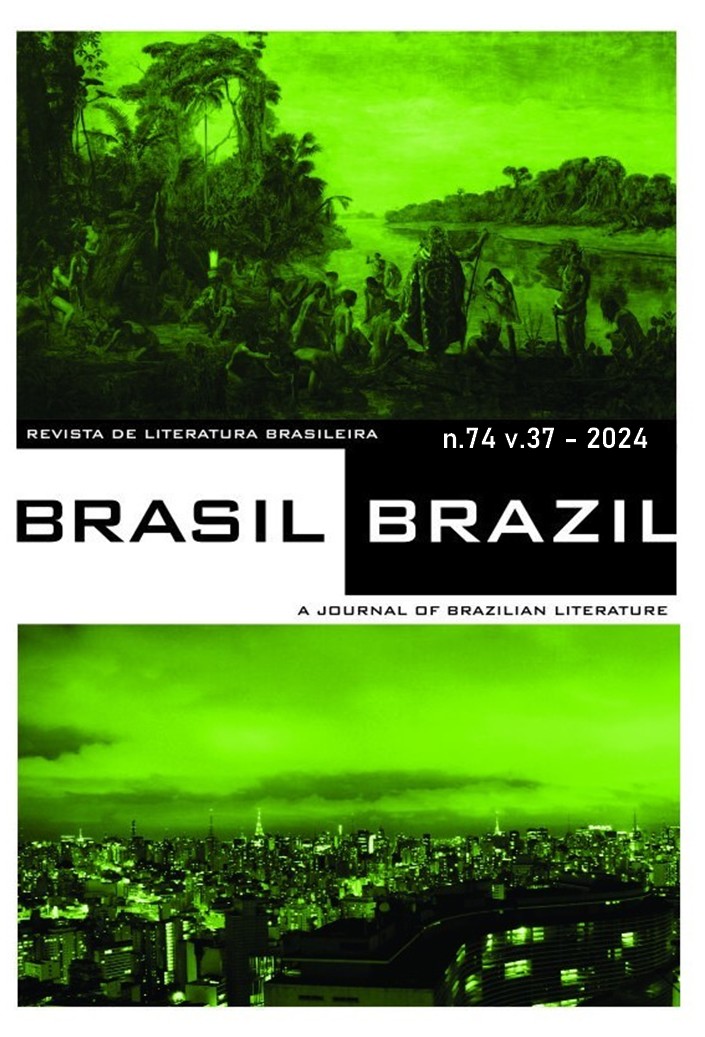MULHERES EM CONTOS DE MACHADO DE ASSIS: VIOLÊNCIA, SILENCIAMENTO E DISSIMULAÇÃO
Abstract
Abstract: In the 19th century, strict rules of conduct were imposed on women in order to control, restrict and silence acts and desire. However, the body, the unspoken, dissimulation and seduction were means used to circumvent the restrictions imposed on them. Machado de Assis represents these feminine devices and the movement of women in Rio de Janeiro's social spaces in his narratives. Based on the above, the article looks at how the representation of women and their social circulation takes place in short narratives by Machado de Assis, especially in "O capítulo dos chapéus", "Caso da vara" and "Mariana", short stories from 1891 and 1871, respectively. In these texts, despite the distinct characterization of the female characters, their rebelliousness, dissimulation and silencing are revealed.
Keywords: Machado de Assis; Short stories; Women; Silencing; Concealment; Social circulation.
Resumo: No século XIX, severas normas de conduta eram impostas às mulheres visando controlar, restringir e silenciar atos e desejo. Todavia, o corpo, o não dito, a dissimulação e a sedução eram meios utilizados para ludibriar restrições prescritas a elas. Machado de Assis representa esses artifícios femininos e a movimentação das mulheres nos espaços sociais fluminenses em suas narrativas. Com base no exposto, o artigo visualiza o modo como a representação de mulheres e sua circulação social se processa em narrativas curtas de Machado de Assis, sobretudo em “O capítulo dos chapéus”, em “Caso da vara” e em “Mariana”, contos de 1891 e 1871, respectivamente. Nesses textos, apesar da caracterização distinta das personagens femininas, revelam-se suas rebeldias, dissimulações ou silenciamentos.
Palavras-chave: Machado de Assis; Contos; Mulheres; Silenciamento; Dissimulação; Circulação social.


